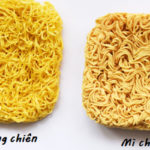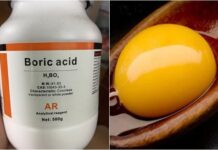1 Understanding Fried and Non-Fried Noodles: Getting it Right
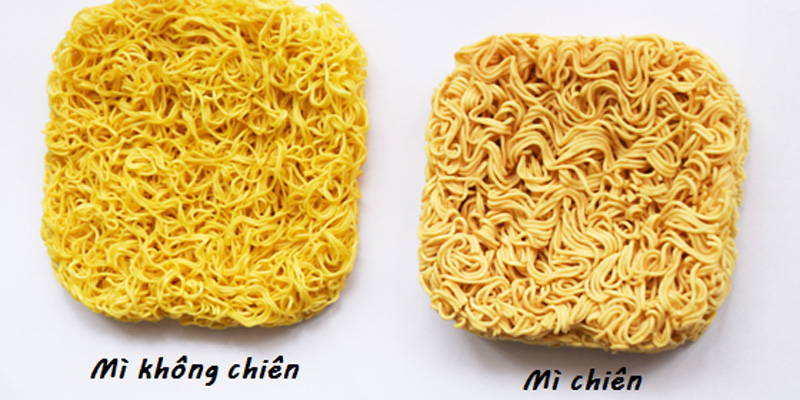
The production process for dried noodles involves two main methods: frying and non-frying. Non-fried noodles are dried using hot air at approximately 80 degrees Celsius for 30 minutes, resulting in a moisture content of less than 10%. On the other hand, fried noodles are dried by frying at a temperature between 160 – 165 degrees Celsius for about 2.5 minutes, achieving a moisture content of less than 3%.
Whether dried through frying or hot air, the primary goal is to minimize moisture content in the noodles, thus preventing microbial growth.
For quality and healthy options, consider brands like Acecook Vietnam, Vifon, and others that offer a diverse range of noodle products.
2 Is Frying Oil Really Bad?
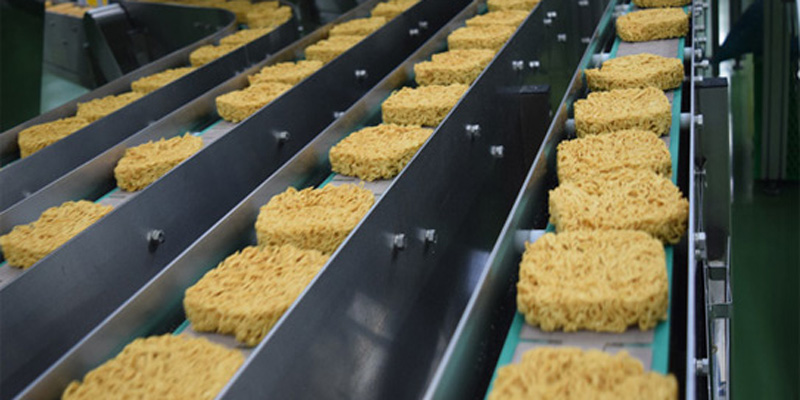
Some may argue that non-fried noodles are healthier due to concerns about the oil used in frying. However, reputable noodle manufacturers like Acecook Vietnam utilize advanced technology and closed-loop production processes. They employ modern frying methods where oil is indirectly heated using steam and then transported to the frying pan through a closed pipeline.
The frying process is carefully controlled to maintain a stable oil temperature, eliminating the possibility of reusing old oil. This is evident from the very low Transfat content, ranging from 0.01 – 0.04g.
3 Do Fried and Non-Fried Noodles Have the Same Quality?
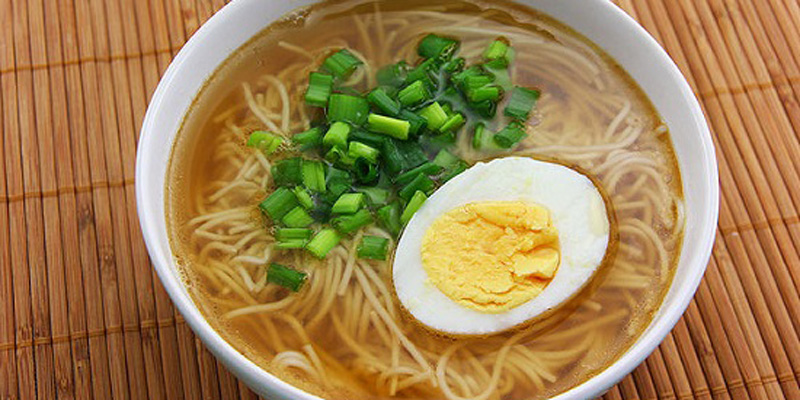
In terms of quality and safety, both fried and non-fried noodles are comparable when produced by reputable manufacturers using modern processes. The choice between the two ultimately comes down to personal preference and taste. However, it’s important not to rely too heavily on instant noodles and ensure a balanced diet.
It’s worth noting that instant noodles primarily provide energy from carbohydrates and fat, with limited protein and lacking in vitamins and minerals that aid in energy conversion. To make a more nutritious meal, consider adding meat, eggs, and vegetables to your bowl of noodles.
As discussed, fried and non-fried noodles offer similar quality, differing mainly in taste. So, choose the one that suits your palate!
Exploring Alternative Cooking Methods for Better Health – Part 2
Are you interested in providing nutricious meals for your family, but don’t know what cooking methods to use? Don’t let your lack of cooking skills keep you from providing the best possible health benefits for your family! Discover the different healthy cooking techniques that can maximize the nutrition in each delicious dish you create.



























